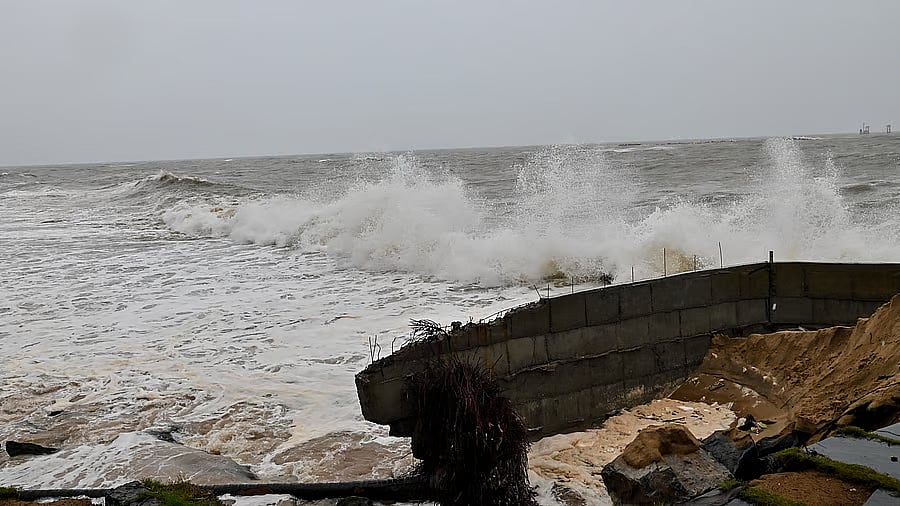
Representative image
Credit: DH File Photo
NITI Aayog’s proposals on coastal zone management in the country, including the reduction of the Coastal Regulation Zone (CRZ) limit from 500 metres to 200 metres, are ill-conceived. The proposed reduction in the CRZ buffer will seriously hamper the integrity of the coastline, which is already under stress from erosion and frequent extreme weather events. India’s coast is thickly populated, and at least 113 coastal cities face the risk of submergence. A depleted buffer zone will make them more vulnerable. Recommending changes to align Indian regulations with global norms, the NITI Aayog panel has also called for lowering mandatory green cover requirements for industrial zones, from 33% to 10%, as in Taiwan, Indonesia, and Vietnam. Polluting industries would still need to maintain up to 25% green cover based on a graded index.
India has a coastline of over 11,000 km. Its nature varies from state to state and in some cases, even from district to district. It may not be prudent to have one uniform regulation for the entire coast, especially if it is restrictive. Considering the diversities that mark the coastline, provisions for industry or other activities will need careful examination. India does not have to emulate policies that are followed by smaller countries such as Vietnam, which are short of land. NITI Aayog argues that the existing 500-metre limit is “overly restrictive” and detrimental to tourism, fishing enterprises, and infrastructure development. The industries and services being sought to be promoted in the coastal areas will be the first casualty when erosion and extreme weather events make life itself unviable on these stretches.
Environmentalists and climate activists have strongly opposed the proposals. They have pointed out that satellite data has recorded a global sea-level rise of 91 mm since 1993. The levels are to rise further with the melting of ice and the warming of oceans, accelerating the threat. The actual incidence may be higher due to local factors. Data presented to parliament showed that nearly 24% of the coastline in Karnataka is eroding, while 33.6% of the country’s coastline is vulnerable to erosion. The NITI Aayog proposal comes at a time when there is a case for further tightening the coastal zone regulations. Environmental groups have written to Prime Minister Narendra Modi seeking a rejection of the proposals. That a high-profile policy think-tank has made such an unsound proposal is unfortunate. The country cannot afford to adopt this retrograde model of regulation on its coastline against the interests of its dependent livelihoods.
